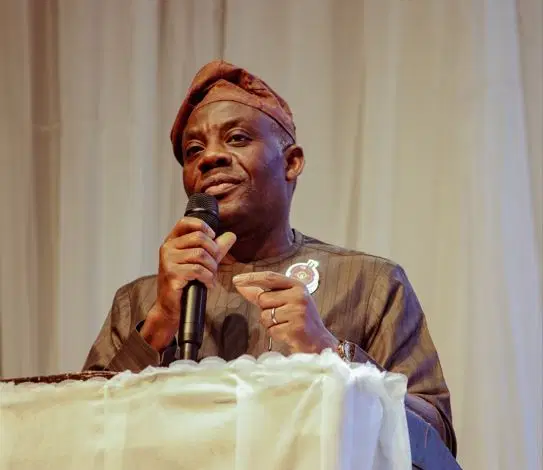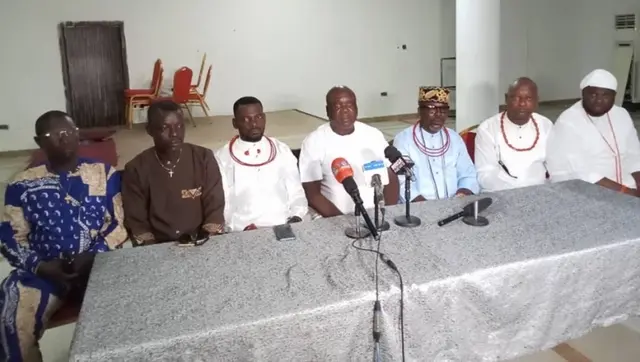
The Federal Government has issued a new directive setting **12 years** as the minimum age for admission into Junior Secondary School 1 (JSS1), following the mandatory completion of six years of primary education.
This new guideline is outlined in a recently launched policy document on **Non-State Schools**, released by the **Federal Ministry of Education** last week.
Non-state schools—also referred to as **private, independent, or non-government schools**—operate outside of government control and are primarily funded through **tuition fees, donations, and support from individuals, communities, religious bodies, businesses, and philanthropic organizations**.
The policy emphasizes the increasing role of these schools in providing education nationwide, despite noticeable disparities in **quality and standards** across institutions.
Detailing the recommended age-based educational progression, the Ministry stated:
> “Nursery education shall span three years. Children shall be admitted into Nursery One at age three, Nursery Two at age four, and a one-year compulsory Kindergarten (pre-primary) at age five, in line with Section 2(17) of the 2013 edition of the National Policy on Education (NPE).”
On the transition into formal schooling, the policy further specifies:
> “Basic education shall last nine years—comprising six years of primary and three years of junior secondary education. Children shall begin Primary One at age six and must complete all six years before proceeding to JSS1 at approximately age twelve.”
This structure implies that students would typically finish secondary education by age 18, in line with earlier recommendations for university admission age.
While former Education Minister, **Prof. Tahir Mamman**, had declared 18 years as the minimum university entry age, the current Minister, **Dr. Tunji Alausa**, has since adjusted the age requirement back to **16 years**.
Meanwhile, data from the **Nigeria Education Digest 2022** reveals the expanding footprint of non-state schools, particularly at the junior secondary level.
According to the report:
> “Non-state schools outnumber state-owned schools in at least **26 states** at the junior secondary level. However, at the primary level, government schools are more dominant in **19 states** of the federation.”
It also notes significant growth in the private education sector over the past five years: “The growth in the number of non-state schools between 2017 and 2022 (the last five years reported) has been faster than that of state schools. Non-state primary schools grew in number by 31.56 per cent between 2017 and 2022, while state schools grew in number by 3.3 per cent within the same period. At the Junior Secondary level, non-state schools grew in number by 35.06 per cent between 2017 and 2022, while state schools grew in number by 6.8 per cent only within the same period.”








